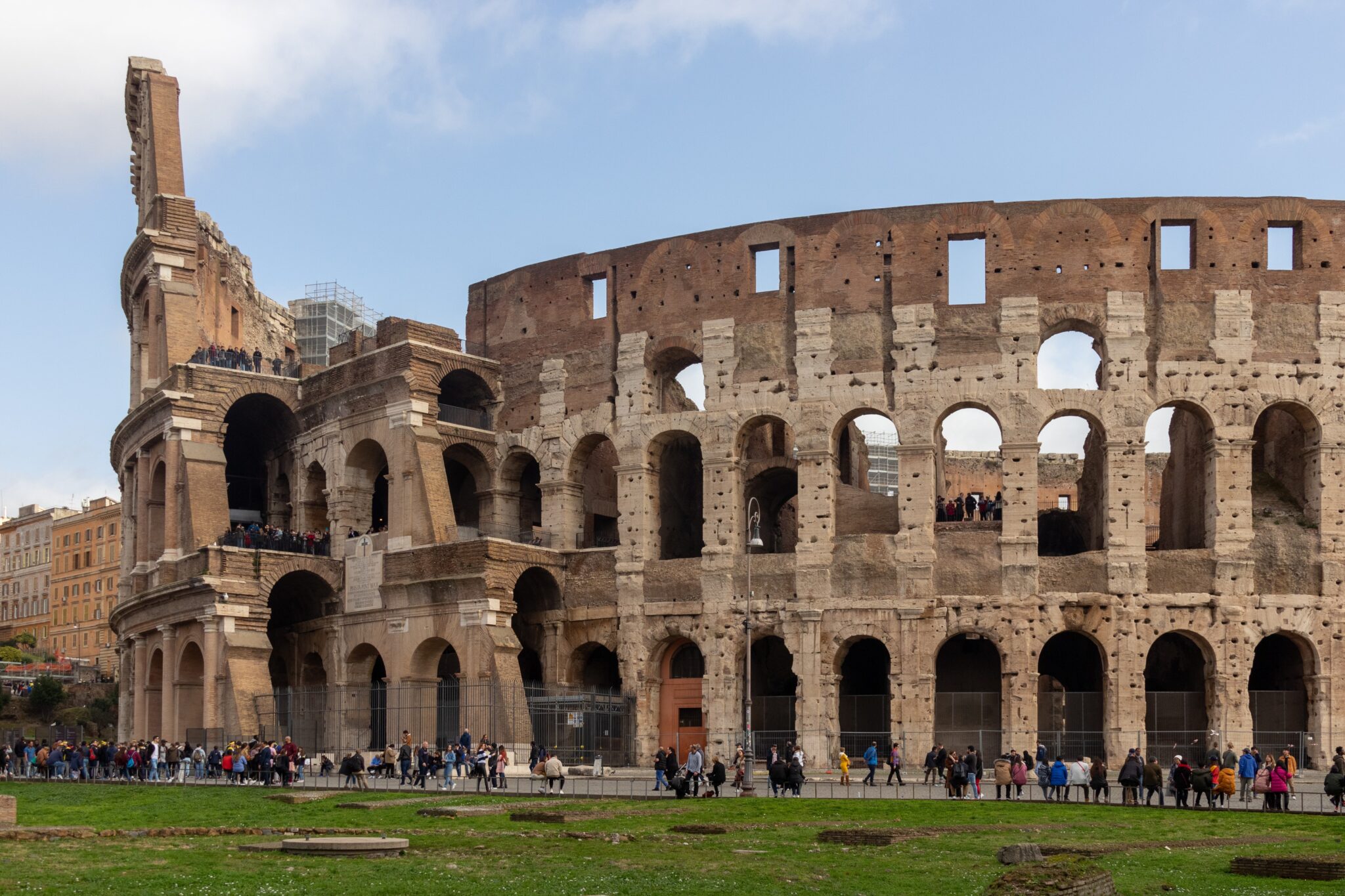Βook your Colosseum underground tour here and enjoy the once-in-a-lifetime experience.
Introduction
The Colosseum’s arena, where events like games, fights, and performances took place, is arguably its most significant feature. In addition to gladiator matches, executions, hunting scenes with vicious animals, and naval warfare were also performed in the arena. The stadium was flooded to replicate a small lake where boats could be turned.
The Colosseum’s underground halls, which were only partially visible until 2018 for the first time in history, opened to the public for the first time ever on June 26, 2021. Thereafter, Romans and visitors from all over the world will be able to visit what was once the amphitheater’s stage machine and marvel at the passageways and arches that connected the spaces where gladiators and animals awaited their turn to fight before being launched into the arena. Due to high demand a lot of people are trying to get their tickets but cannot find a credible source, book your Colosseum underground tour here and enjoy the once-in-a-lifetime experience.
The elliptical-shaped arena, measuring 76 x 46 meters, was made of a wooden plank covered in sand and had many traps and hoists that could be used for games as well as connect with the basement. The gladiators entered the arena through one of the two gates at the main axis, which faced the Forum, while the contestants’ dead bodies were transported out of the other entrance on the opposite side.
History and background
The construction of the undergrounds took place separately from the construction of the Colosseum’s upper section, during the reign of Vespasian’s second son Domitian. This put an end to the naumachia or games that simulated naval wars. The freight elevators in the hypogea of the Colosseum allowed the equipment or animals used in the games to enter the arena and were likely housed in several environments service along the perimeter wall. They were composed of a large central passage along the major axis and twelve curvilinear corridors. Articulated systems with counterweights and inclined planes were employed to elevate the scenic materials from the underground to the surface; these systems left holes in the corridor pavement that can still be seen today.
A gallery connected the amphitheater to the adjoining Ludus Magnus, where gladiators trained, at the end of the corridor along the main axis towards the east. On the other side, facing the Forum, another gallery was likely used for the scenography of the shows. A hydraulic conduit that still transports some water into the amphitheater is located beneath the east gallery. This conduit was likely one of the trenches that led from the Celio to feed the lake for Nero’s palace. Visit the basement of the neighboring Basilica of San Clemente, which is quite close to the Ludus Magnus, and you can feel the running water very clearly.
Highlights of the Colosseum underground area:
The Hypogea: The underworld, also known as the Hypogea, served as the viewing location for gladiator battles and animal hunts that took place in the Arena. It had two levels, which were connected by a network of passageways and tunnels that opened up into the Colosseum Arena. The Hypogea is like the Colosseum’s backstage, where all the behind-the-scenes action happens. Also, it served as a holding location for the caged animals before and after the events. They were continually moving scenery, moving props, and taking care of animals as they toiled to prepare for performances in the Colosseum’s subterranean.
Wooden elevators: Several wooden elevators were used to convey animals, staging equipment, and even gladiators waiting in line for battles to the Arena and back down. Under the huge amphitheater were these elevators. These wooden elevators are unquestionably regarded as amazing architectural achievements in both concept and execution. They had a system of inclines and counterweights for articulation. The tunnels and passageways that run beneath the main staging area are also connected via the elevators.
Tunnels and monumental entrances: There are linked hallways and passageways that lead up to the main stage in the elaborate tunnel system that runs beneath the arena. To prevent confrontations with other viewers, the emperor also had his private tunnels and Vestal Virgins to enter and exit the Colosseum. Moreover, these tunnels provided direct access to their imperial apartments. Even the tiles that were utilized in them were unique and had ornate embellishments. The tunnel system was accompanied by two imposing arches where gladiators might access the arena.
































































































































































































































